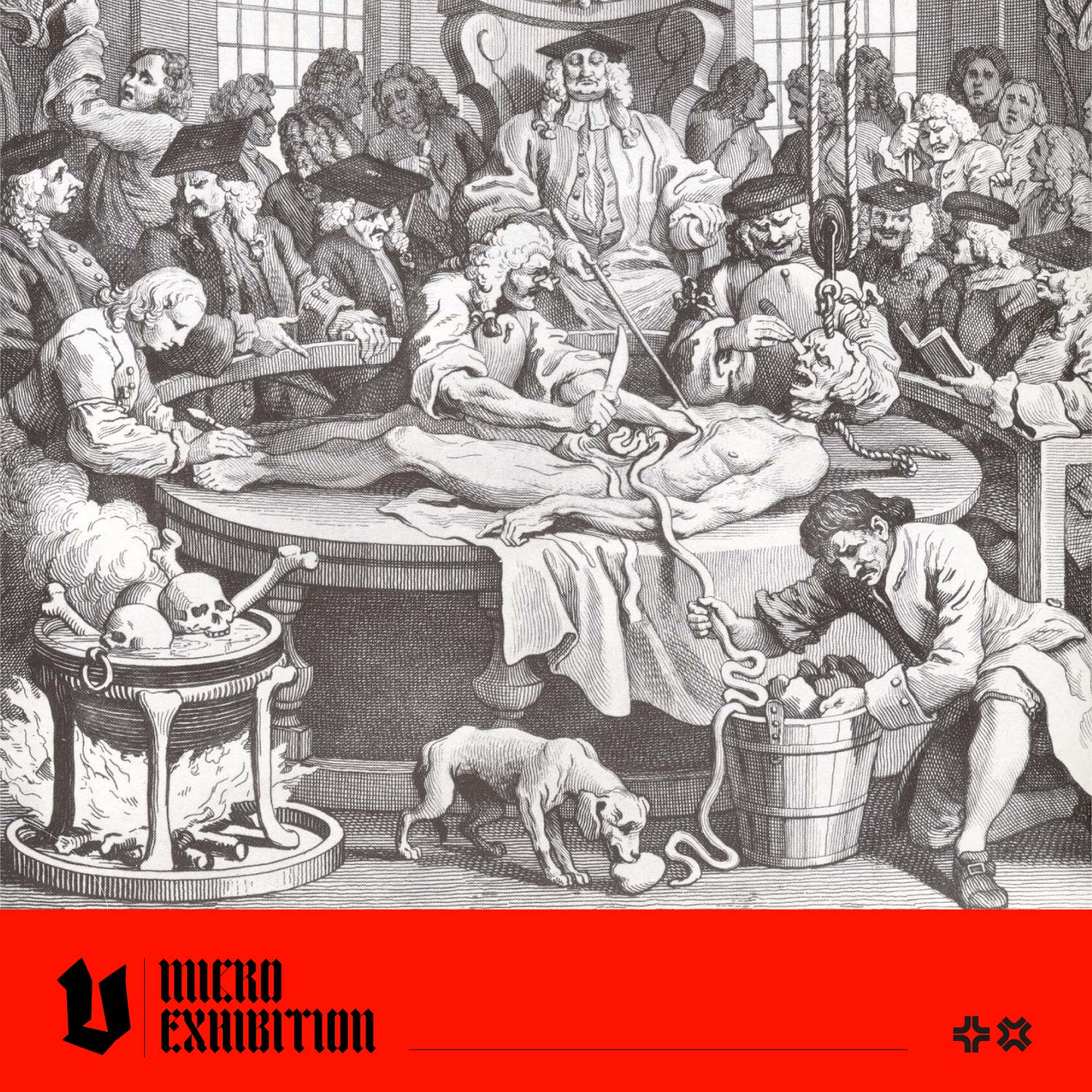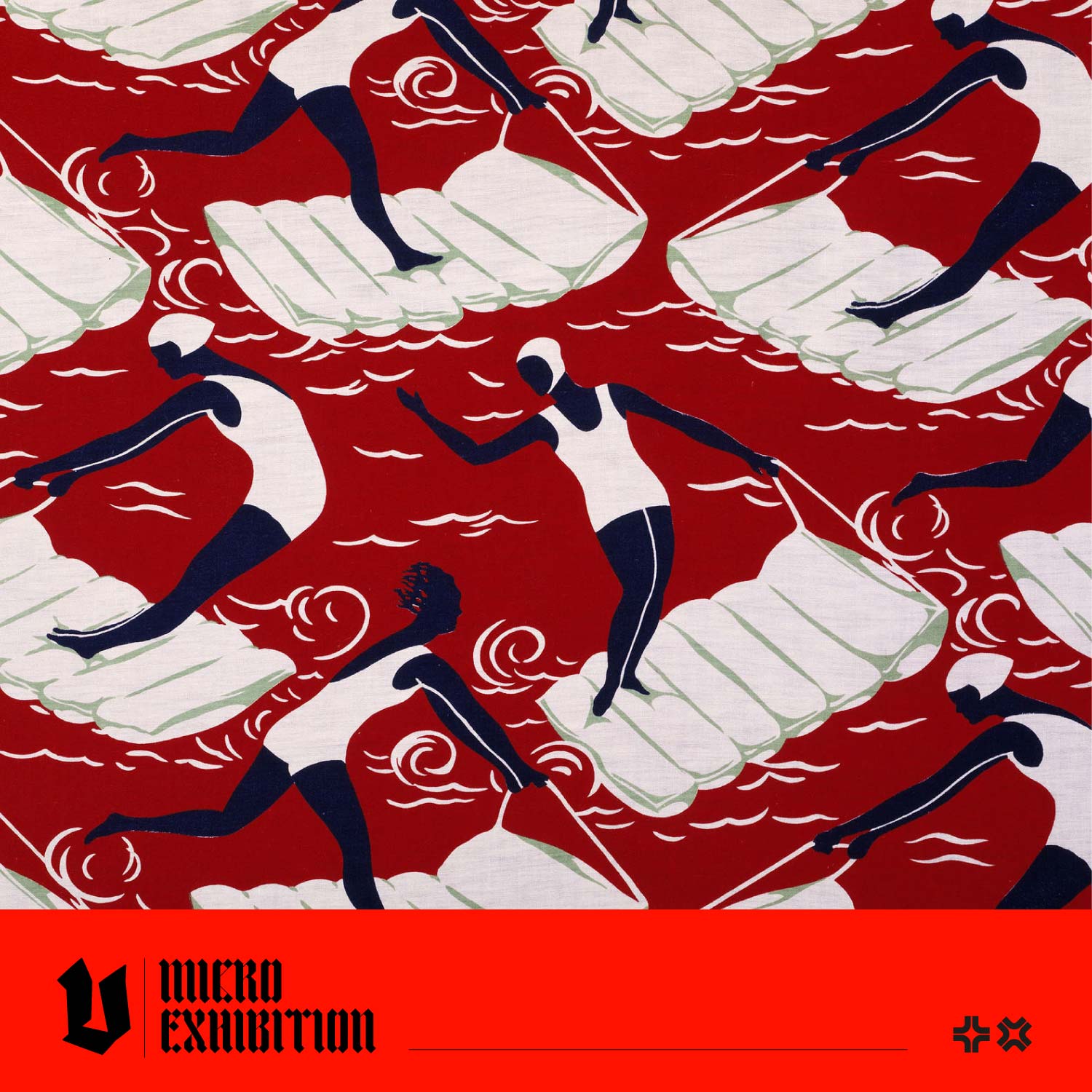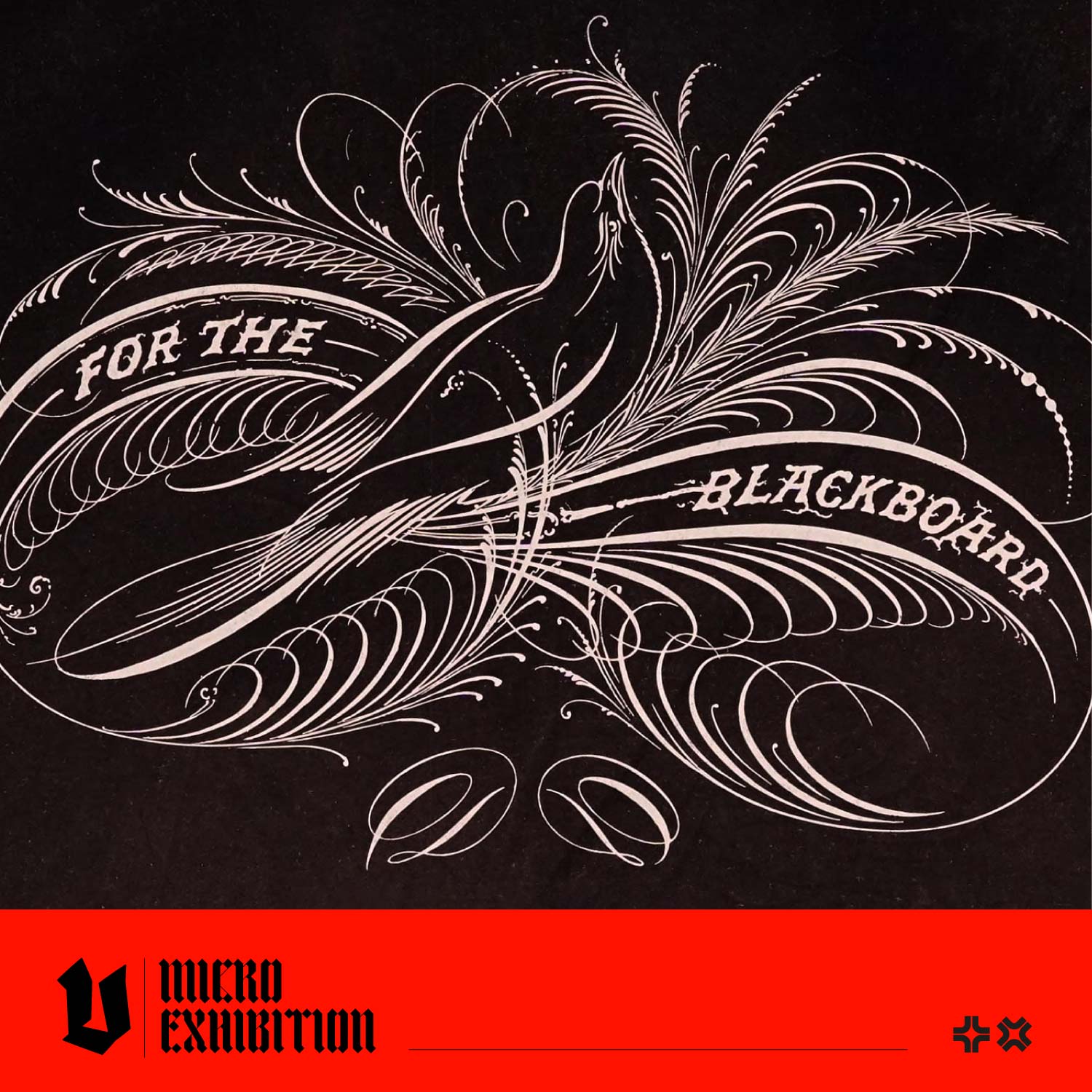Anatomical Theatres and Public Dissections: A Glimpse into the Origins of Dissection in Europe
"It is only when we have acquired dexterity on the dead subject, that we can be justified in interfering with the living". - Robert Liston, surgeon
We're currently working on a new anatomy book. The beautiful depictions of the body and incredible detail in the images we're restoring have inspired today's article. Physicians have long known that dissection is essential to further their medical knowledge. Today, we'll discuss the origins of dissection in Europe, describe an anatomical theatre and a dissection, and present evidence that debunks a popular myth about dissection. Let's go!

Dissection in Europe: Origins and Purpose
Ancient Greek physicians first developed the dissection of dead human bodies in Europe. Scientific advancements began in medieval Europe in the 12th and 13th centuries with the founding of universities in Paris, Bologna, Oxford, Montpellier, and Padua.
Professor Katharine Park of Harvard University says autopsies were conducted to learn more about hereditary illnesses and the human body's functions. Through her research in Florence, Italy, she discovered the female body was fundamental to the historical development of autopsy and dissection as medical practices, as female bodies were thought to hold information about the origins of life. As such, it was the uterus that was dissected first (unless the body was that of a holy woman, then it was her heart). (Read more at the Harvard Gazette).
 Leiden Anatomical Theatre in 1610
Leiden Anatomical Theatre in 1610
What Did an Anatomical Theatre Look Like?
Anatomical theatres, especially in a university location, were often positioned near a botanical garden and a hospital. The room's layout would include seating and/or a viewing platform overlooking a central dissection table. This set-up ensured that attendees, whether medical students or the general public, could observe the dissection process closely. The Anatomical Theatre of Padua dates from 1595. It is the world's first permanent anatomical theatre, the model for theatres in the 17th century and could accommodate 500 students observing from seven levels. The theatre had a skylight and windows to allow for light and ventilation.

The Anatomical Theatre of Padua
In England, The London Company of Barbers and Surgeons were granted the bodies of four executed criminals per year by King Henry VIII in 1540. They commissioned their first permanent anatomical theatre in 1636, constructed by famed architect Inigo Jones. The first dissection at the new building took place in 1638, and you can view the plans here.
Matteo, B. D. et al. describe the scene at a dissection in Bologna, Italy.:
"In 1315, already a distinguished scientist and university professor, [Mondino] de' Liuzzi performed the first documented public dissection in more than 1700 years. de' Liuzzi had already performed various "private" human dissections in his studies, and it is likely that he wanted to share his findings and experience with the public to generate a broader focus on the subject. In order to make these anatomic dissections more agreeable, a public dissection would be scheduled around festivities like a carnival. Food and wine would keep spectators warm and distracted from the rancid aroma of a decomposing body. de' Liuzzi's first public dissection was performed in Bologna in January on the body of a female criminal, in the presence of medical students and other spectators, and with the full authorization of the church. As was customary at the time, de' Liuzzi did not perform the dissection himself. Because of his distinguished status, the professor sat on a large, elevated chair above the dissection table, reading aloud from Galen's book of anatomy and commenting on it to the audience. As he was reading, a demonstrator, often a barber-surgeon, performed the "dirty work" of the dissection itself following the instructions of the professor, while an ostensor (an exhibiter) pointed out for the attendees the specific parts of the body that were being examined." - Read more at: Art in Science: Mondino de’ Liuzzi: The Restorer of Anatomy. Clinical Orthopaedics and Related Research, 475(7), 1791-1795.

The reward of cruelty (Plate IV) by William Hogarth 1751
Did The Medieval Church Ban Dissection in Europe?
Many people think the church banned dissection during the medieval era, but fascinating research by contemporary scholars presents evidence to the contrary.
Professor Katharine Park (Samuel Zemurray, Jr. and Doris Zemurray Stone Radcliffe Research Professor of the History of Science, Emeritus, Harvard University) studies the histories of the body, sex differences, and medicine in medieval and Renaissance Europe. Professor Park discovered that the church did not ban dissections during her research. She says, "It became clear to me from the religious end that the assumption we had about medieval bodies was not holding up. In the end, I wanted to make it clear there was no religious prohibition against dissection." (Read more at the Harvard Gazette).
Park's views are shared by Marion Mücke and Thomas Schnalke of the Leibniz Institute of European History, who says: "In medical-historical research, there has been a long-running discussion of the assumption that the dissection of human corpses, which had been practised in classical antiquity, was banned by the Roman Catholic church during the medieval period. There is no proof to support this assumption." Read more here: Anatomical theatre, European History Online (EGO), published by the Leibniz Institute of European History (IEG)
In addition, The Holy Roman Emperor Frederick II (1194-1250) issued a decree in 1231 which mandated that a human body should be dissected at least once every five years for anatomical studies. Attendance was made compulsory for everyone who was to practice medicine or surgery, writes Ghosh, S. K in Human cadaveric dissection: A historical account from ancient Greece to the modern era. Anatomy & Cell Biology
We hope this article has given you a preview of the origins of dissection in Europe. We look forward to sharing our new anatomy book with you soon!

Anatomical theatre at the University of Cambridge
Feeling Inspired?
Vintage Anatomy, An Image Archive for Artists and Designers is a collection of 140 high-resolution, digitised 17th and 18th-century anatomical drawings for personal or commercial creative projects. Whether you are looking for a comprehensive collection of anatomical images to use as a reference for illustration, or a stunning collection of rare artistic anatomical artwork for graphics projects or digital collages, this book has got you covered.
Surgery and Medicine by Vault Editions is a brilliantly curated resource that features a fascinating curated collection of 17th and 18th-century engravings, etchings and lithographs exploring dentistry, eye surgery, amputation, rhinoplasty, prosthetics, bandages and dressing, childbirth, surgical tools and much more. Instantly access hundreds of beautifully rendered vintage medial and surgical illustrations to use in graphic design projects, collages and fine art projects. This is the best reference material available for your own vintage medical-inspired illustrations and designs.






